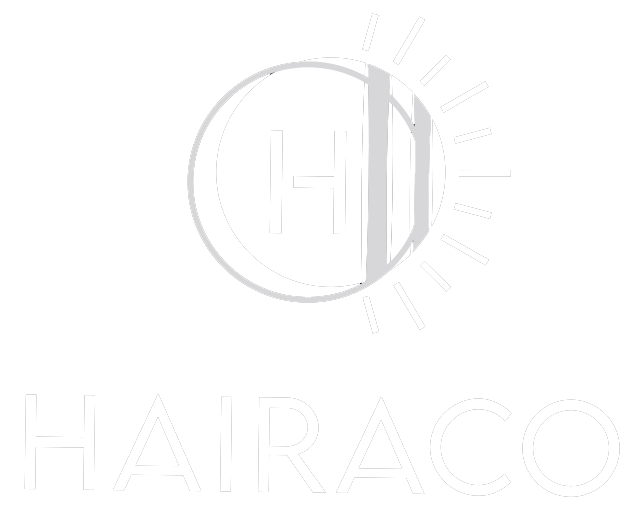Introduction to Balayage
Balayage, a popular hair coloring technique, originated in France and means to sweep or to paint. This technique involves hand-painting highlights onto the hair to create a more natural, sun-kissed look. Unlike traditional highlighting methods which use foils, balayage is done freehand with colorists using boards to support the hair. Choosing the right hair coloring board is crucial for achieving the perfect balayage effect.
Why a Hair Coloring Board is Important
A hair coloring board provides a stable surface, ensuring the colorist has better control over the application process. This stability helps achieve precise and even color distribution, which is essential for a seamless blend of colors in balayage. Moreover, the right board minimizes mess and speeds up the application process, making it more efficient for both the stylist and the client.
Materials and Durability
The material of the hair coloring board significantly impacts its performance. Common materials include:
- Plastic: Lightweight, affordable, and easy to clean. However, it may not be as durable over time.
- Wood: Sturdier and offers a more stable surface. It can be heavier and requires more care in cleaning.
- Acrylic: Combines the benefits of plastic and wood. It is lightweight yet durable and easy to clean.
Durability is vital for long-term use. Boards that are resistant to stains and easy to clean will ensure they remain in good condition after repeated use.
Size and Shape
The size and shape of the board should complement the stylist’s needs and the client’s hair length and thickness. Consider the following:
- Length: Longer boards are ideal for working with long hair, providing ample space for hair sections.
- Width: Wider boards support larger sections of hair, reducing the number of partitions needed.
- Shape: Some boards feature a curved edge for more ergonomic support and better alignment with the scalp.
Grip and Handling
Using a board with a good grip is essential for the colorist’s comfort and control. Some boards come with handles or textured surfaces to prevent slipping. Features to look for include:
- Non-slip surface: Ensures hair stays in place during application.
- Ergonomic handle: Provides comfort and reduces strain on the stylist’s hand.
- Lightweight design: Easier to maneuver and handle for prolonged periods.
Additional Features
Some hair coloring boards come with additional features that enhance the balayage process:
- Measurement markers: Useful for precise color application and consistency.
- Integrated clips or hooks: Helps in holding sections of hair securely in place.
- Heat resistance: Important if the board will be used with heat tools.
Conclusion
Choosing the best hair coloring board for balayage involves considering materials, size, shape, grip, handling, and additional features. A well-chosen board will enhance the stylist’s ability to create beautiful, seamless balayage looks efficiently and comfortably. Whether you are a professional colorist or someone exploring DIY balayage, investing in a quality hair coloring board can make a significant difference in the outcome and ease of the process.

